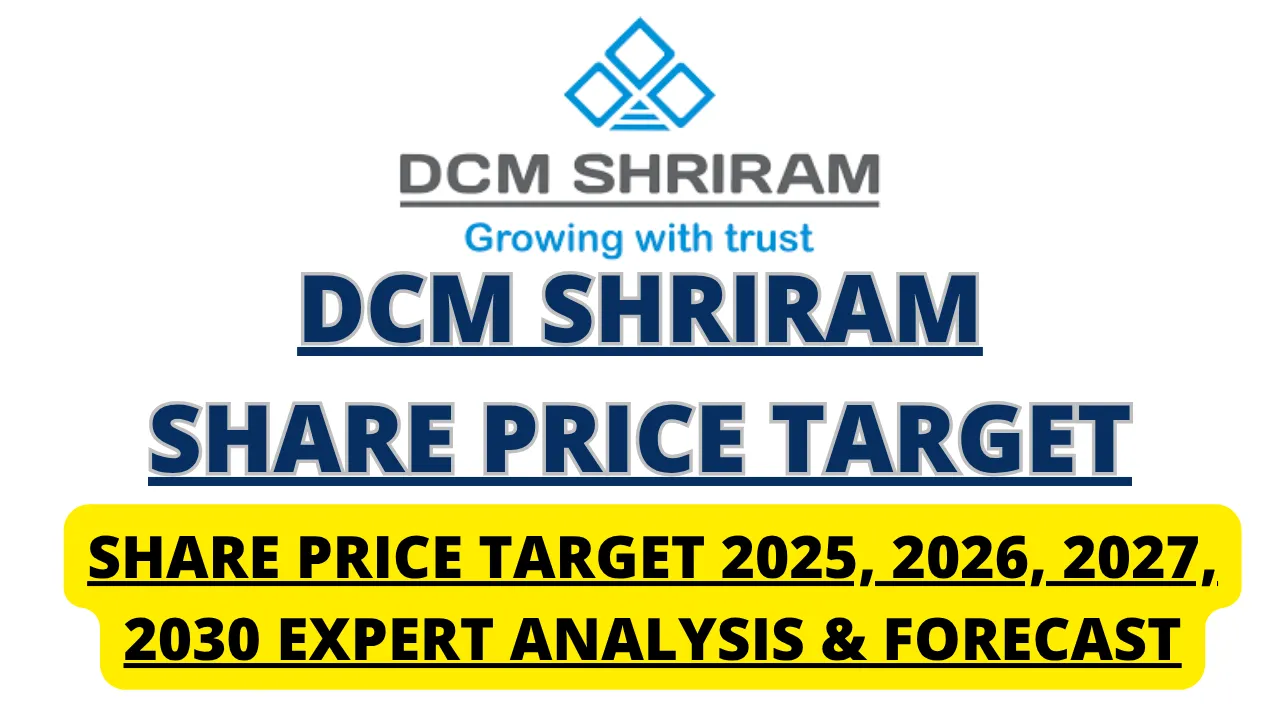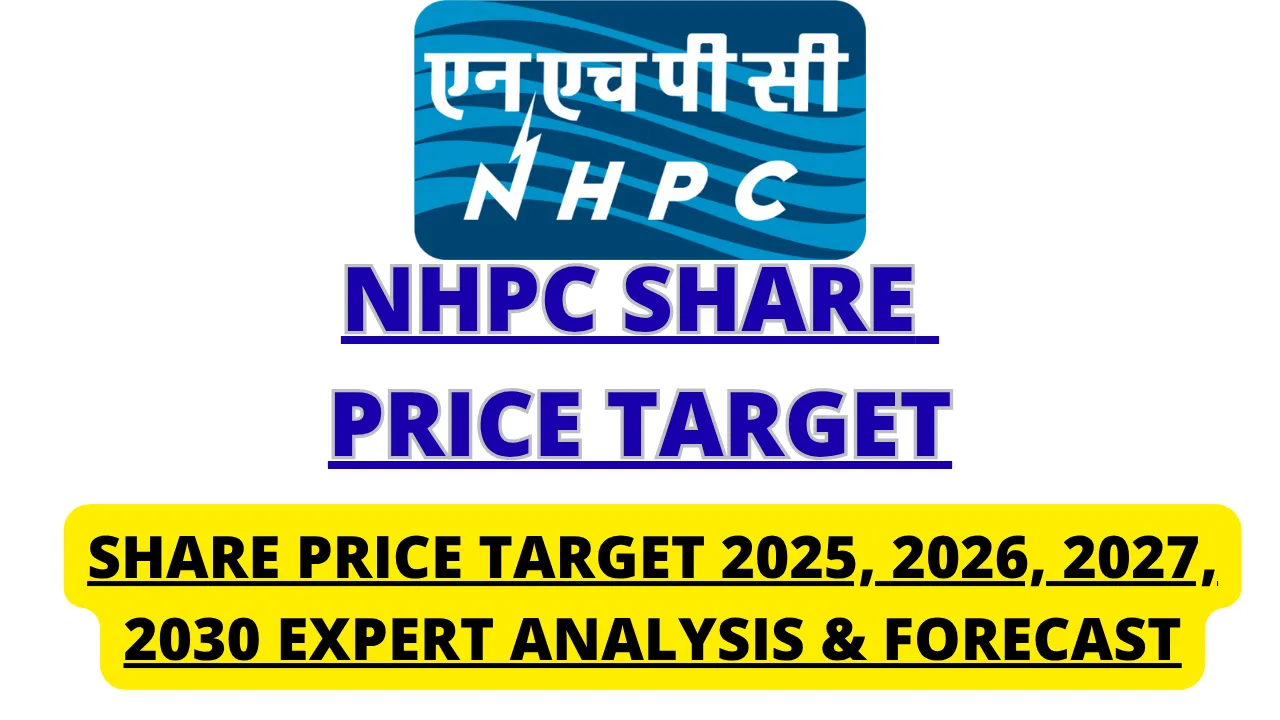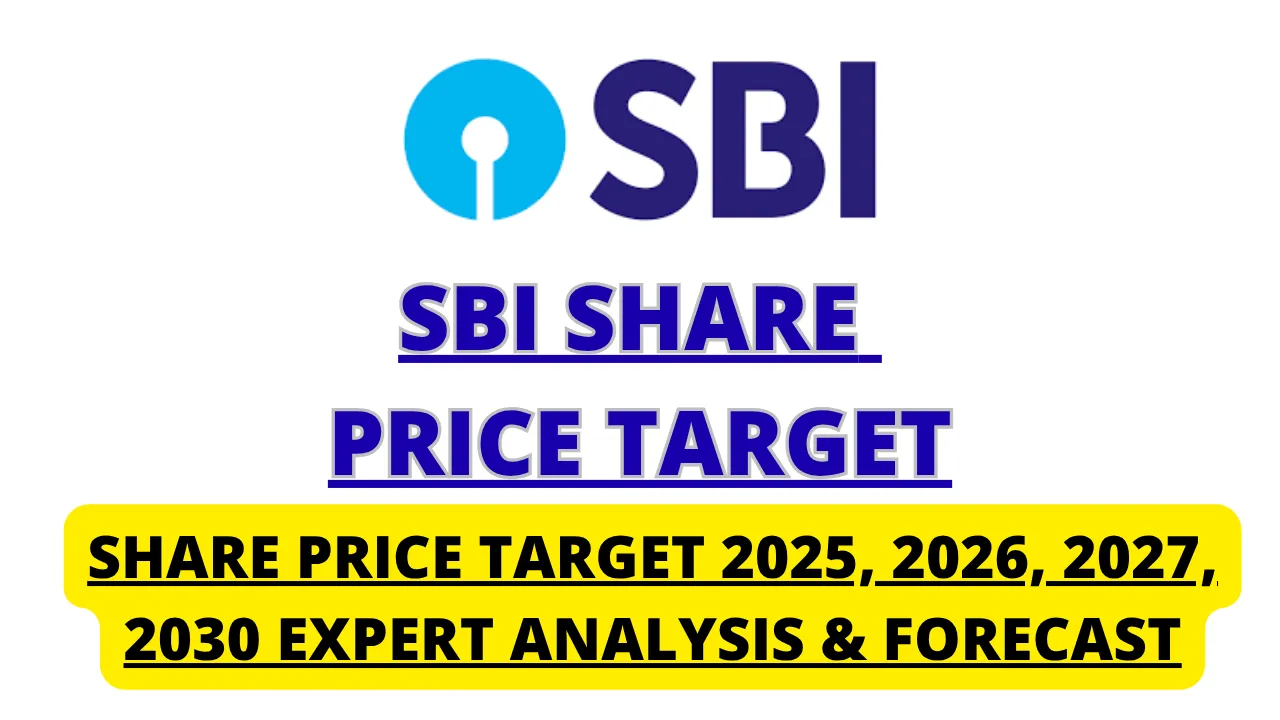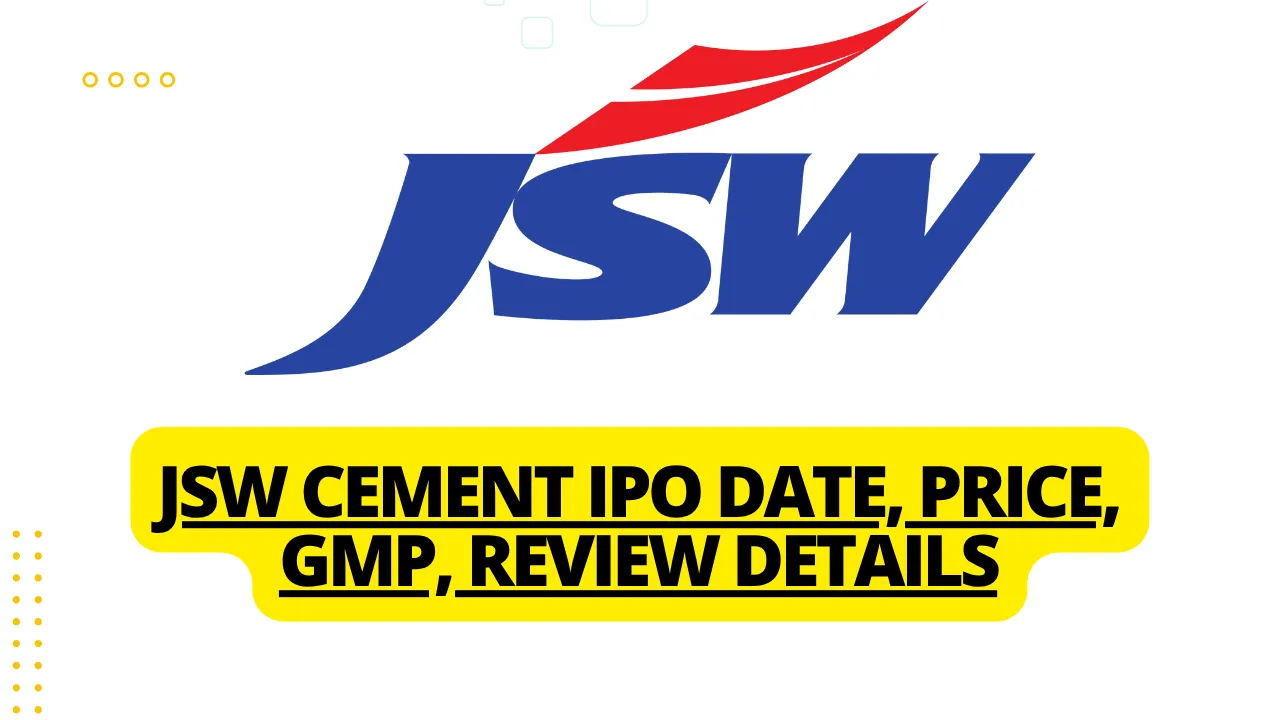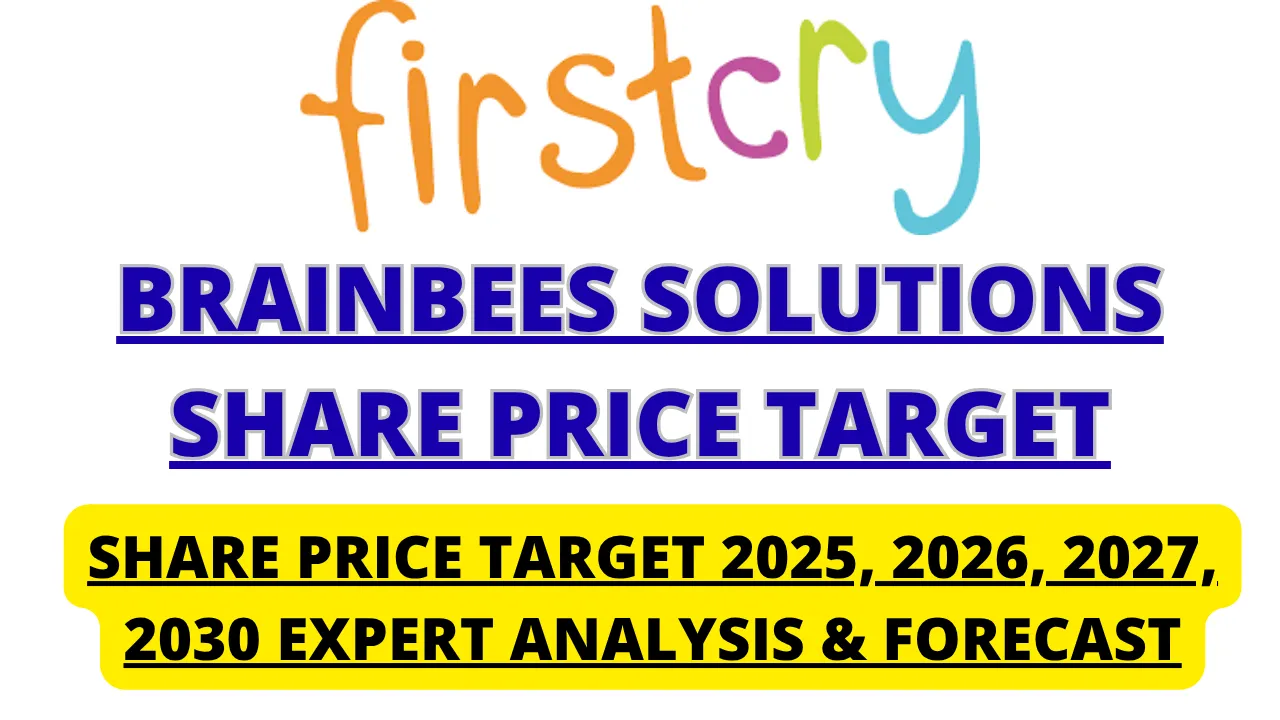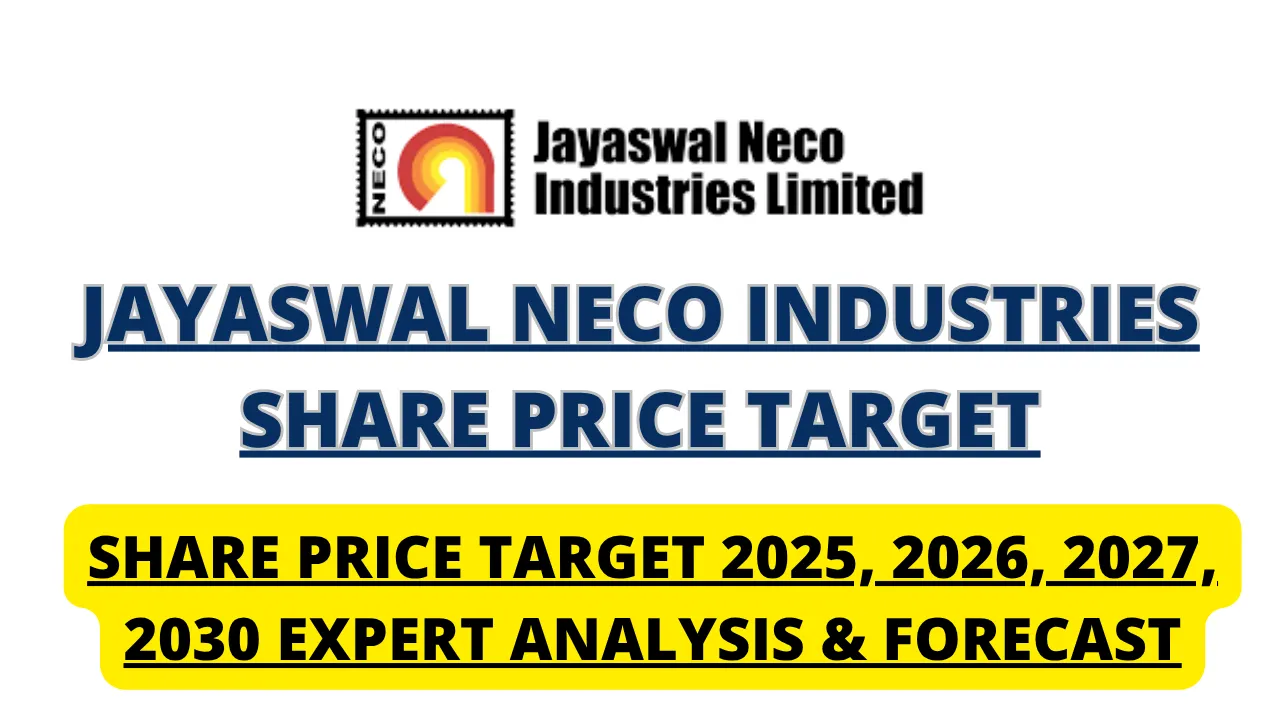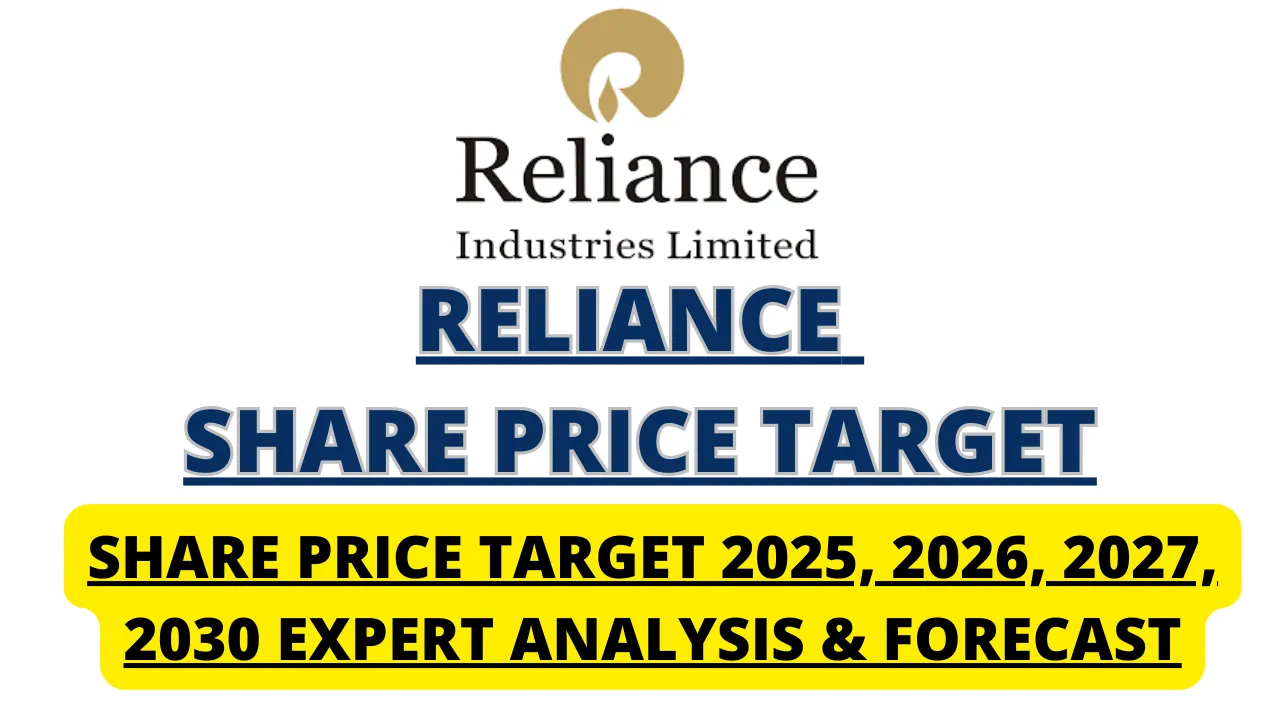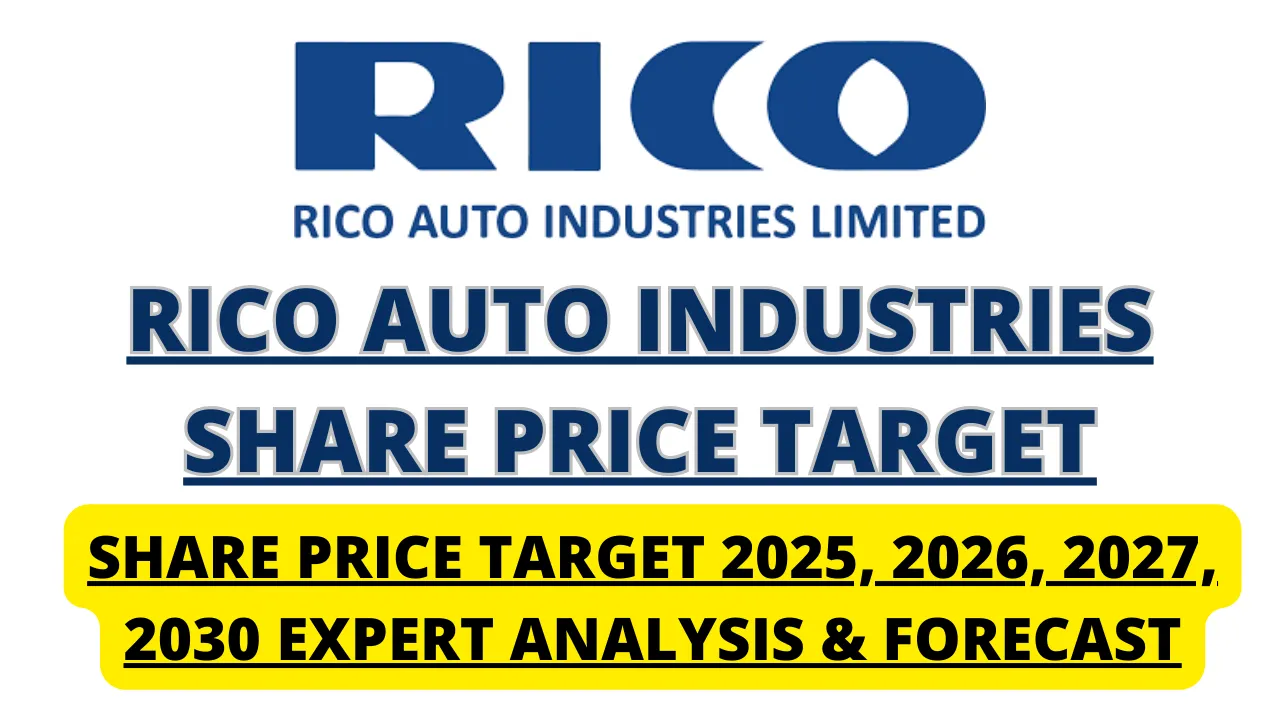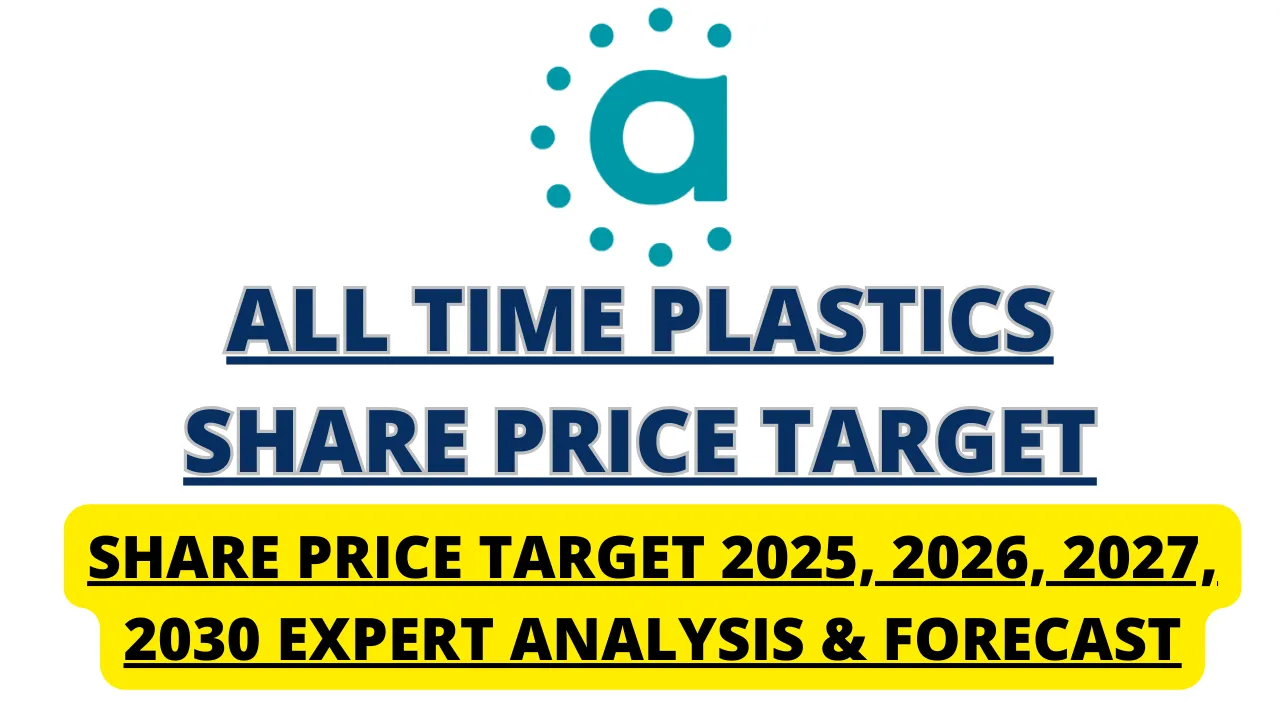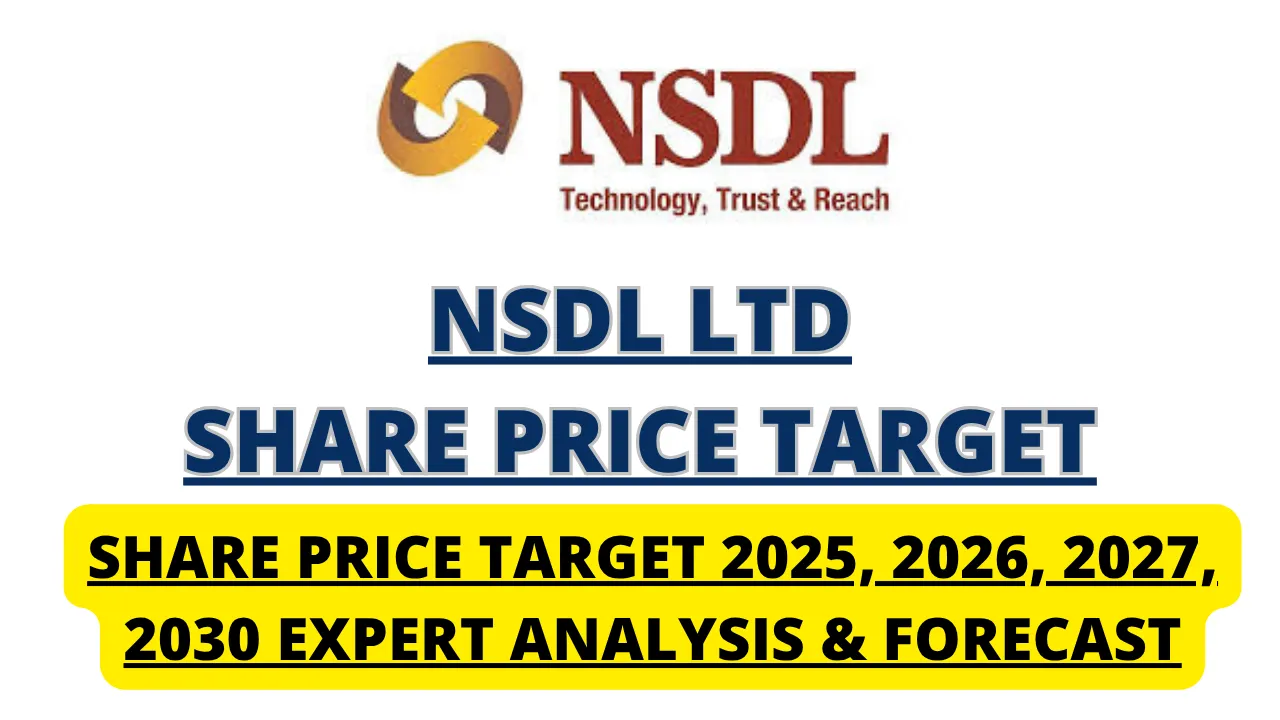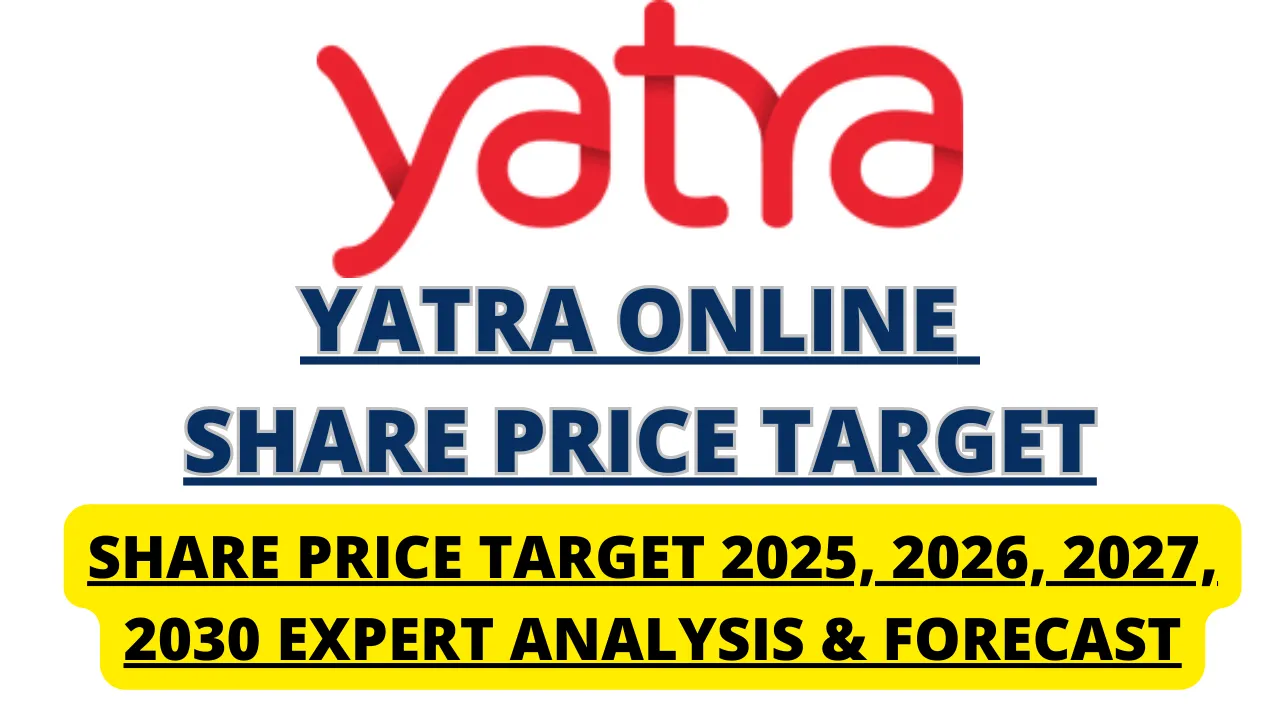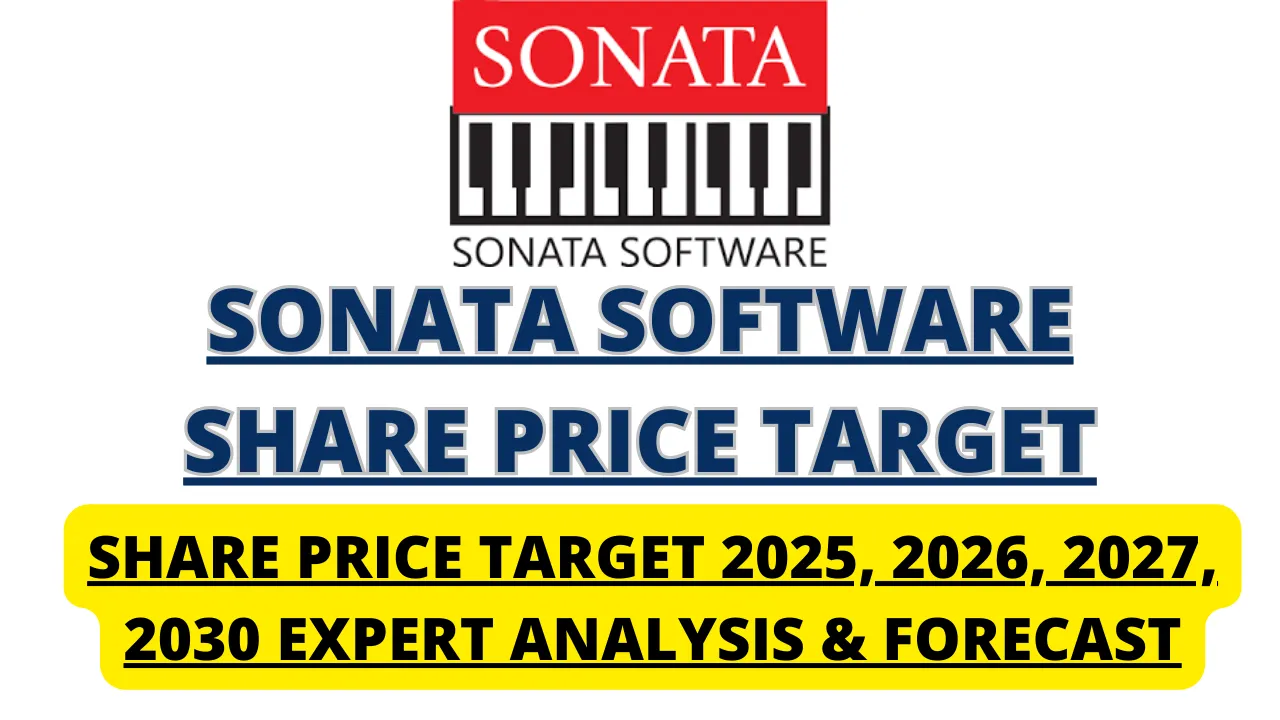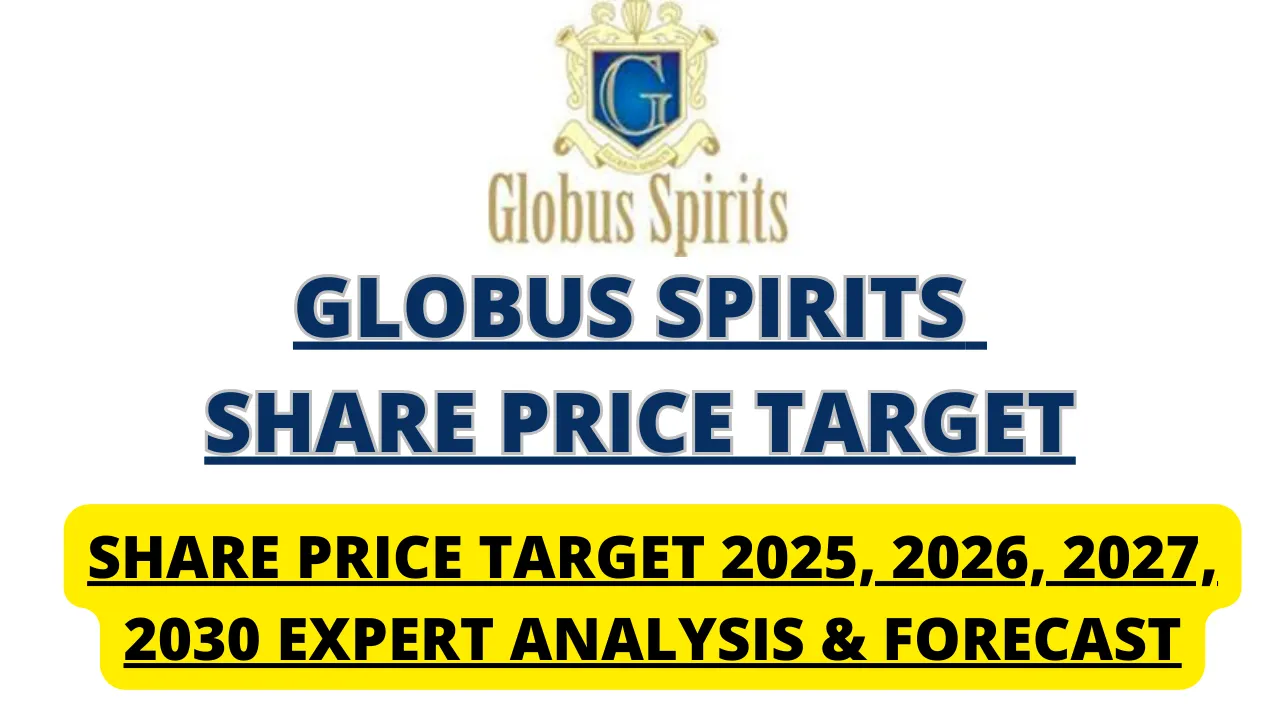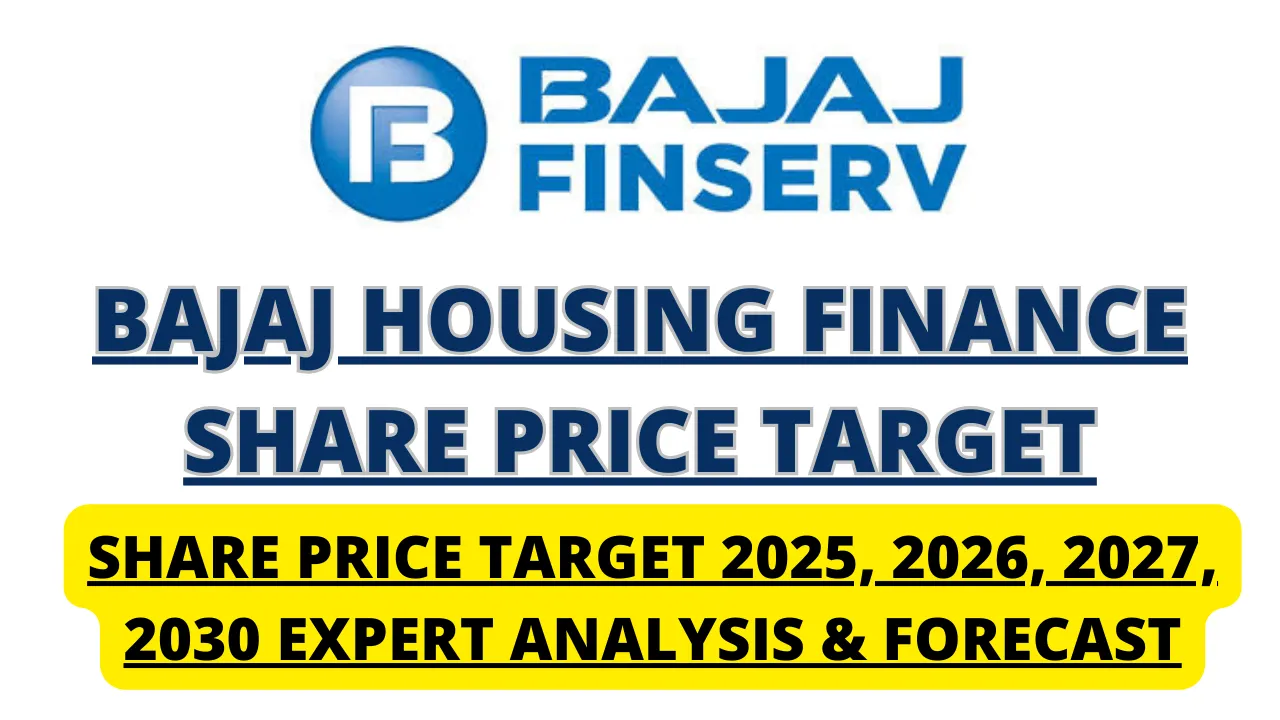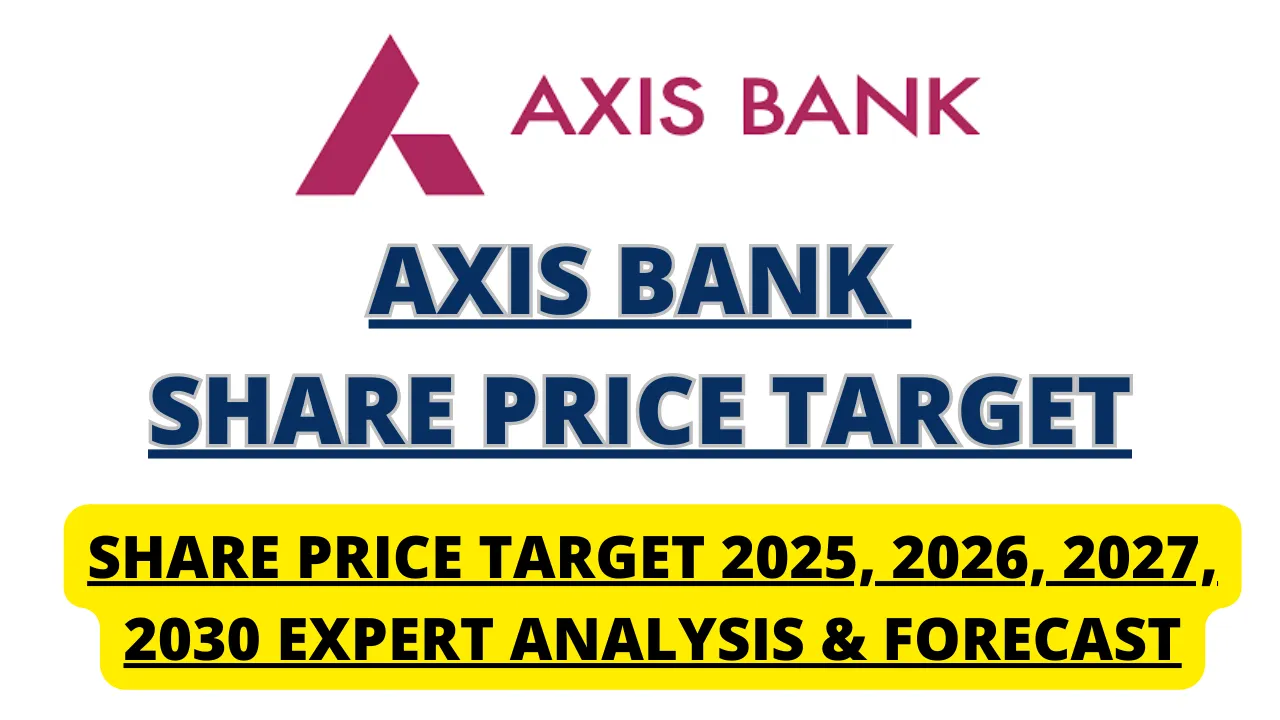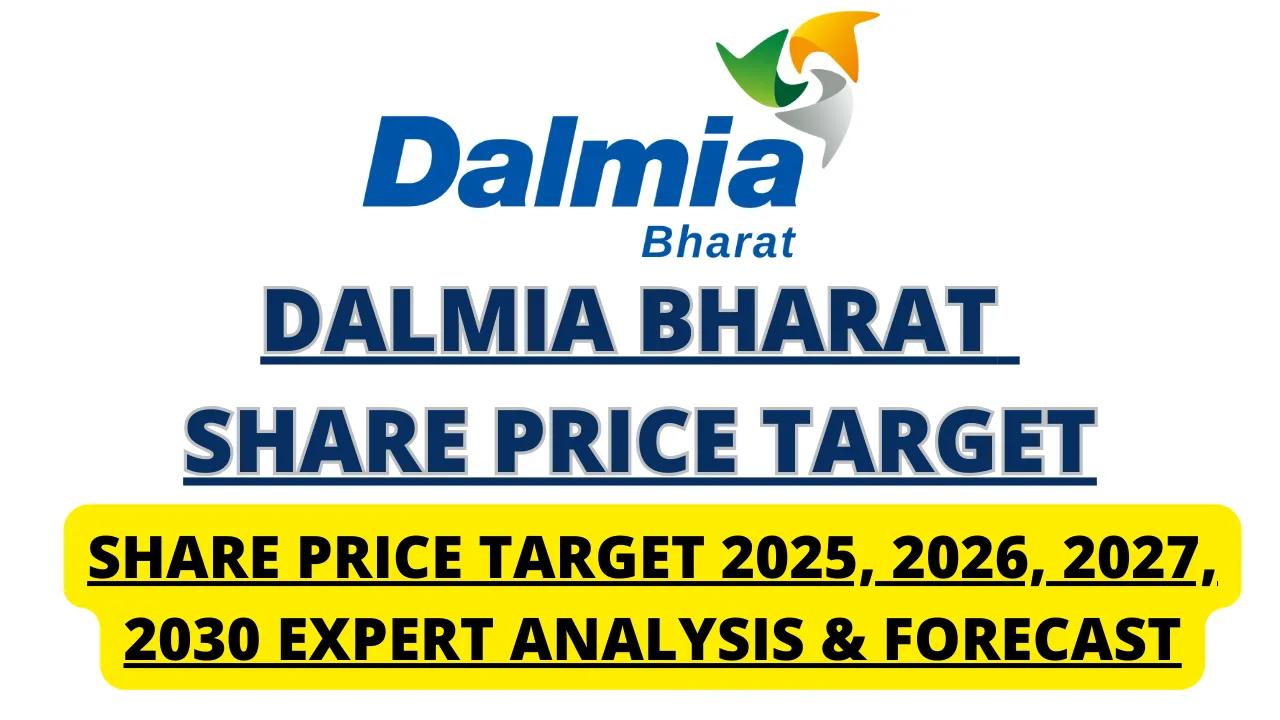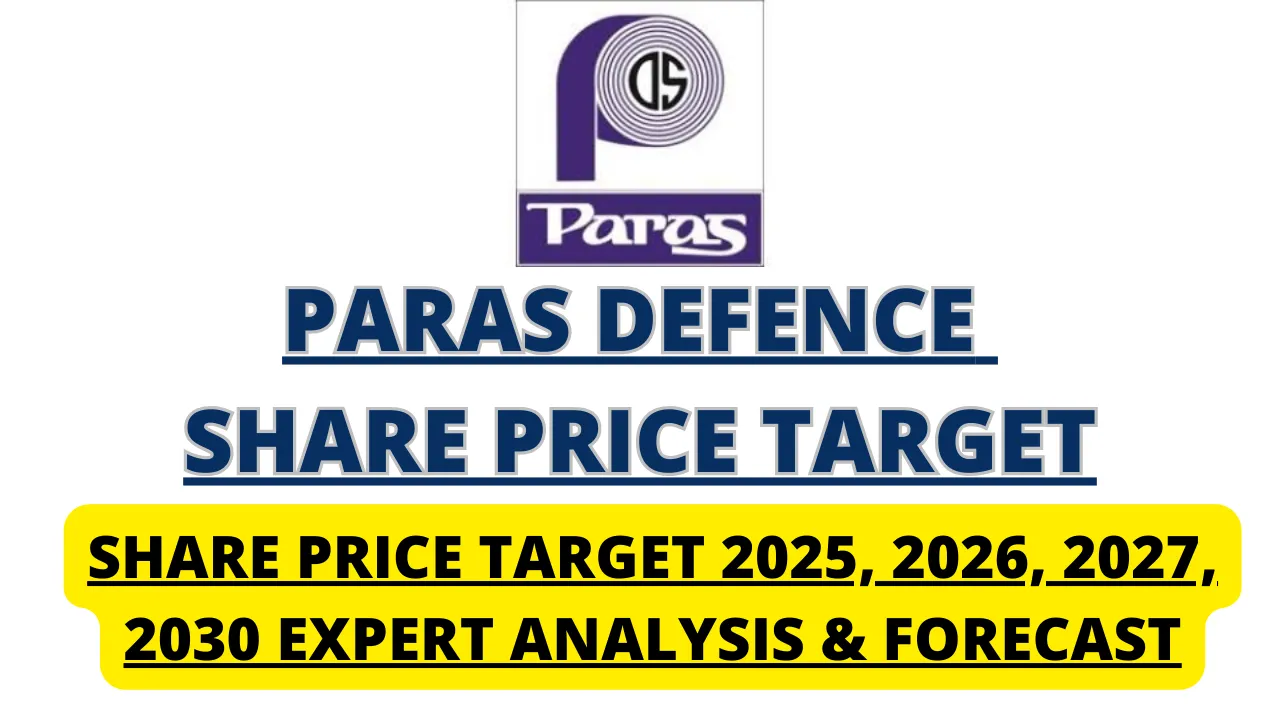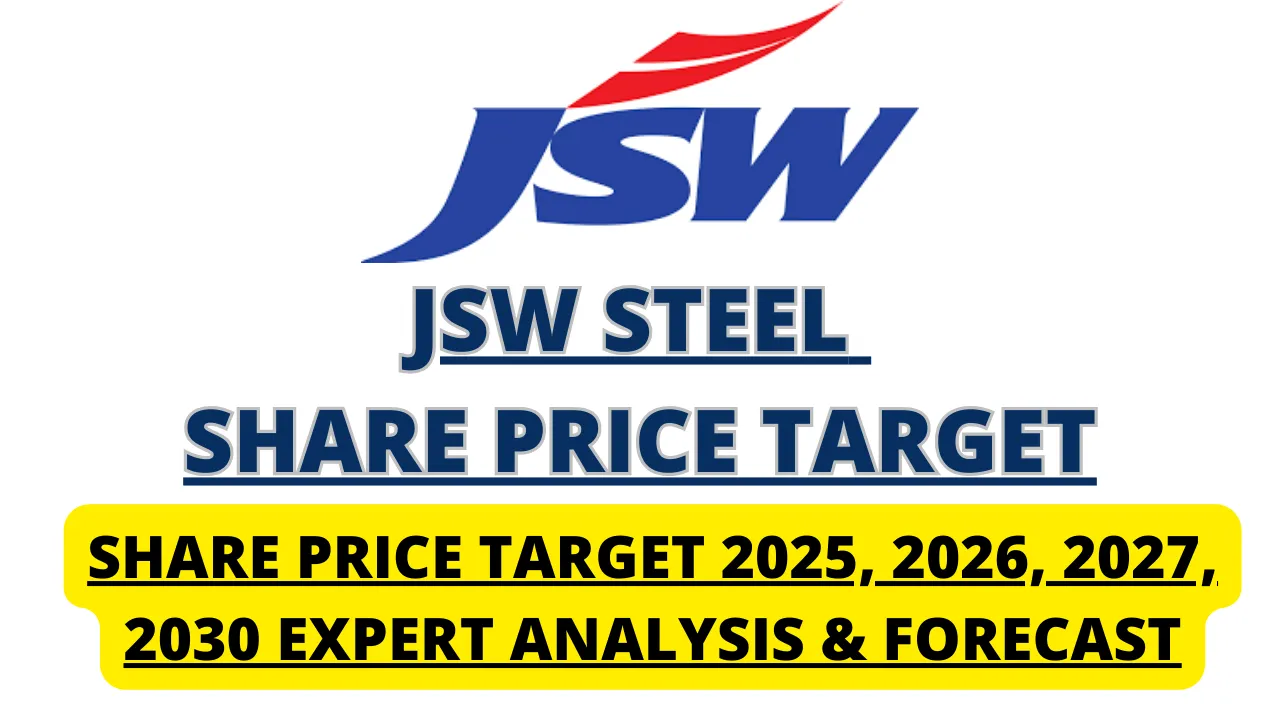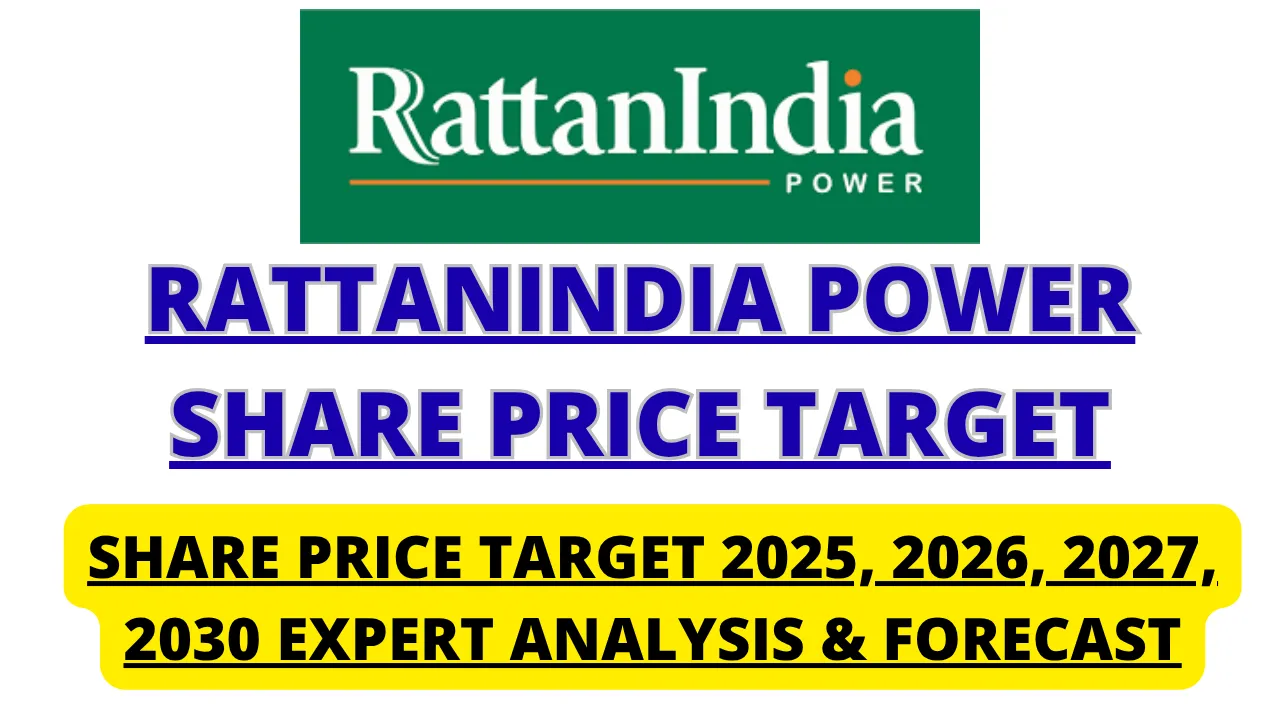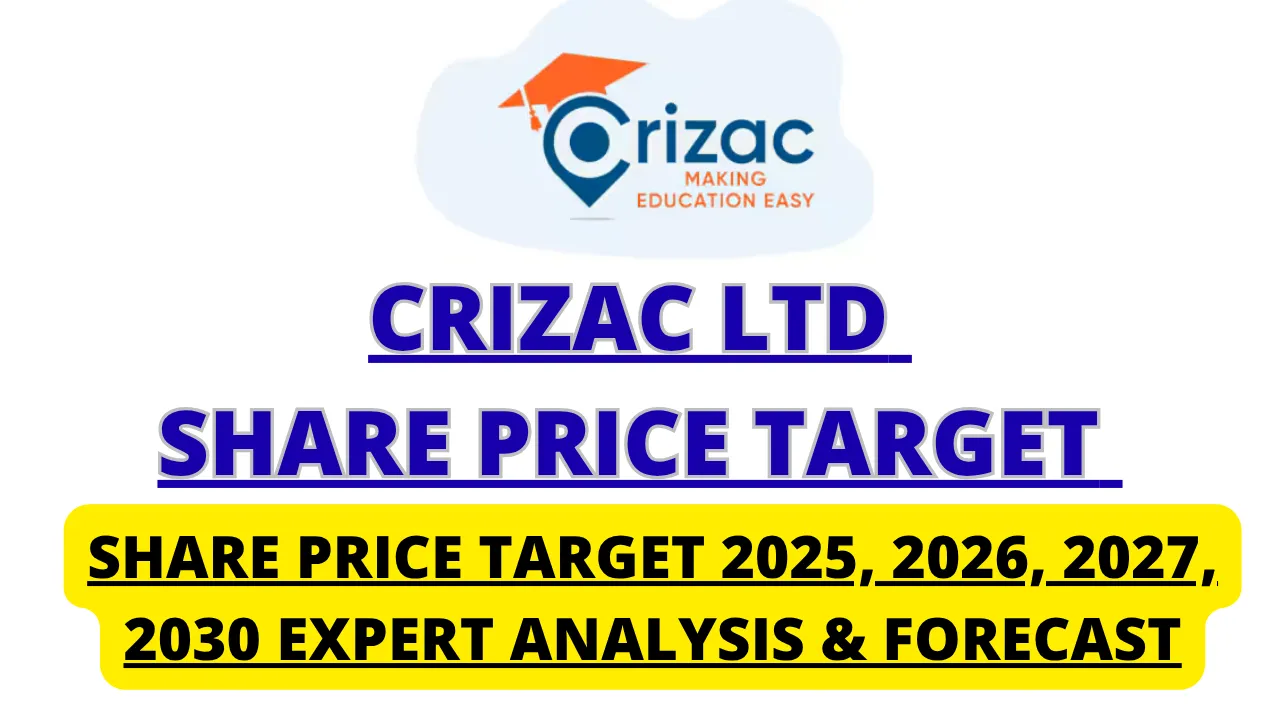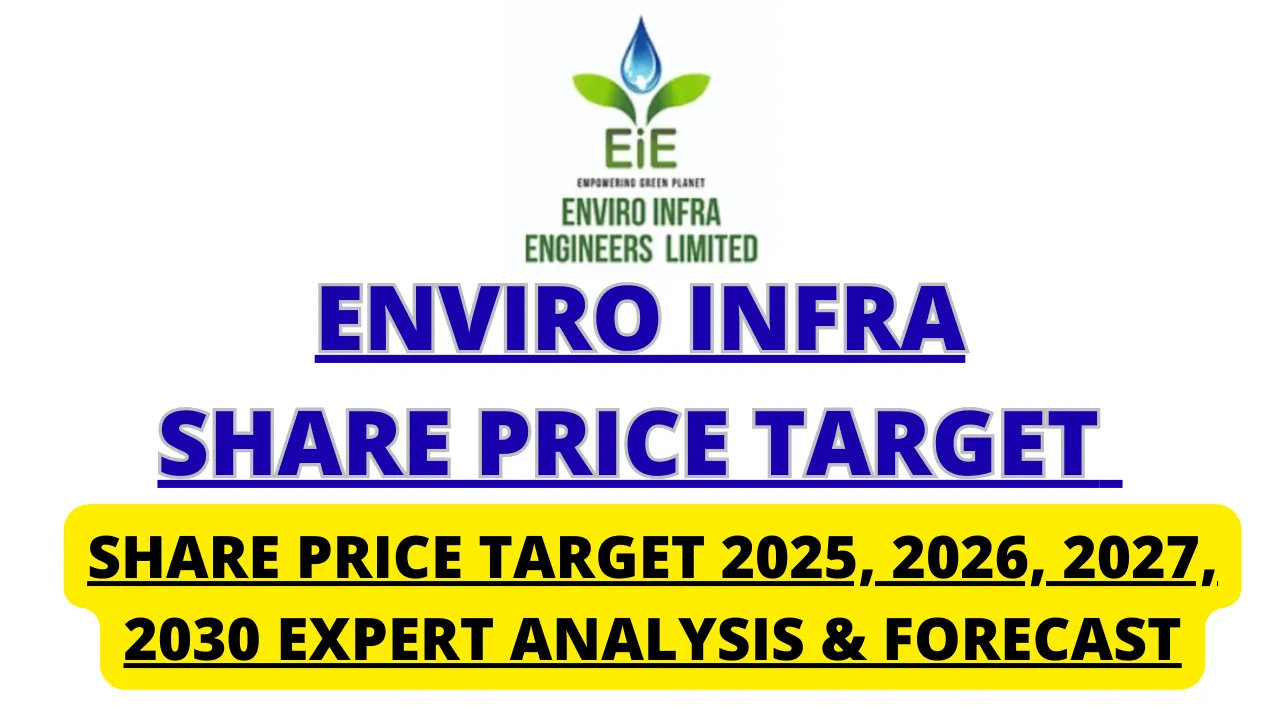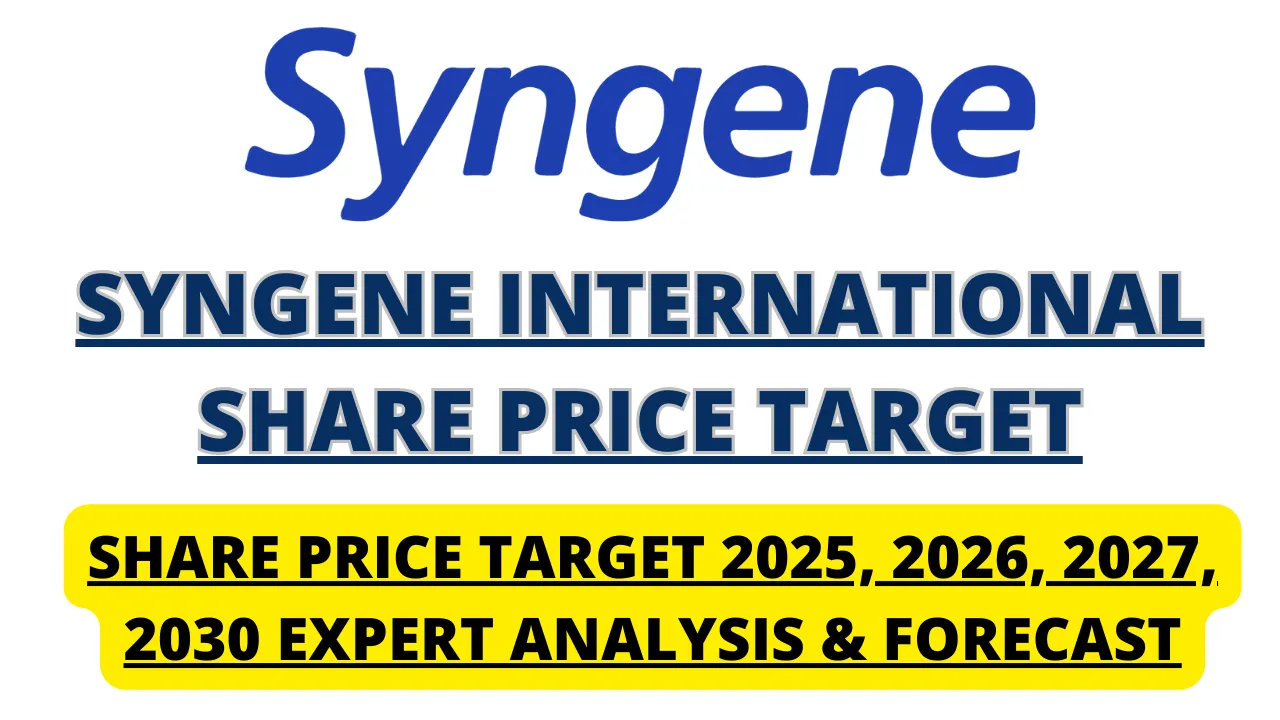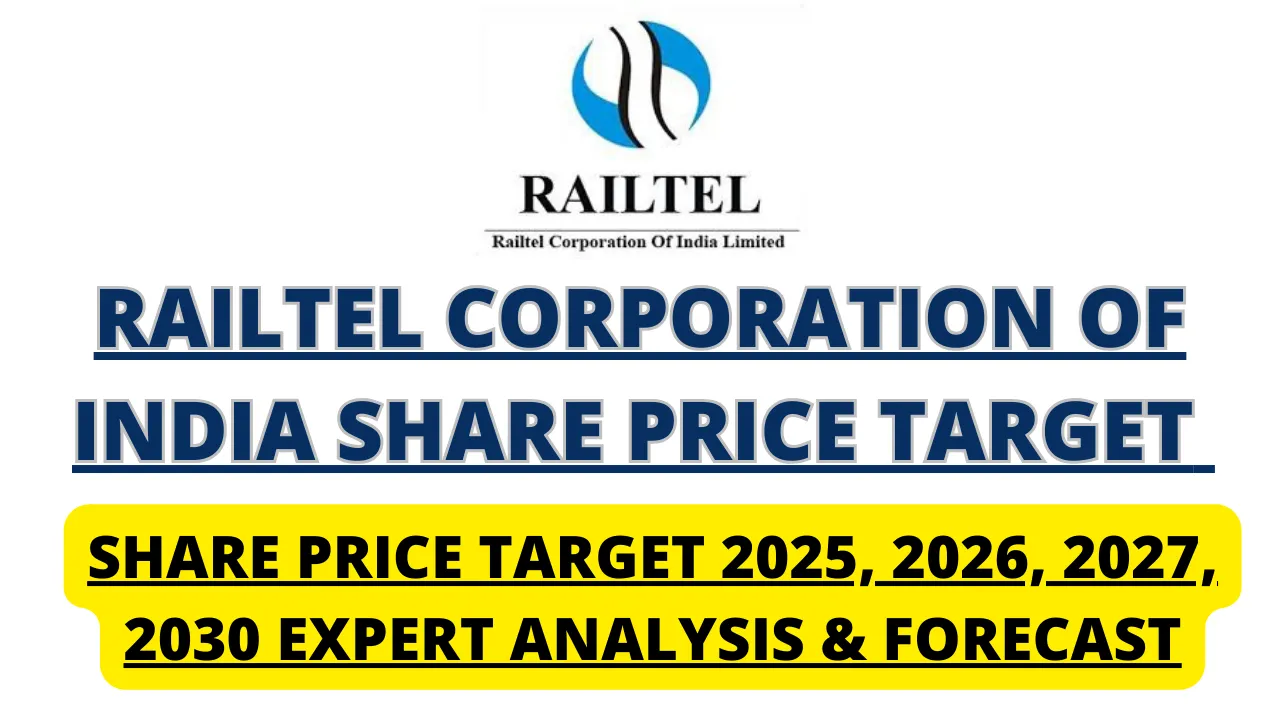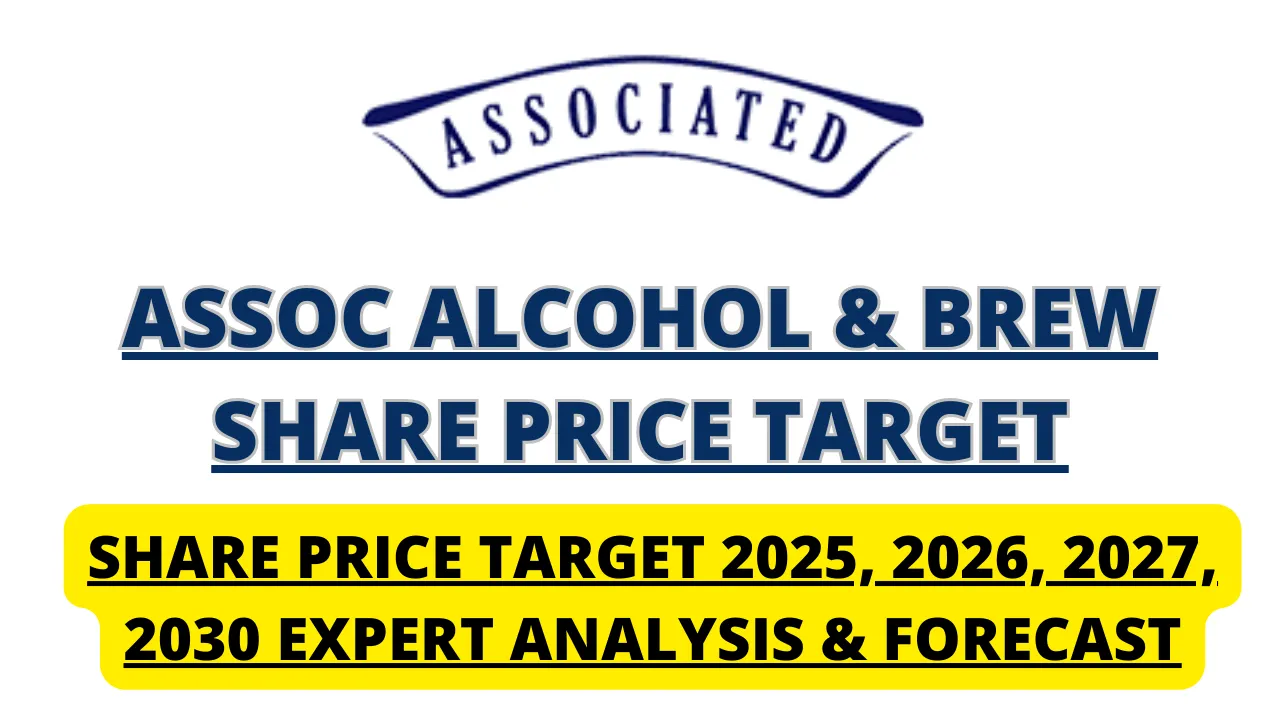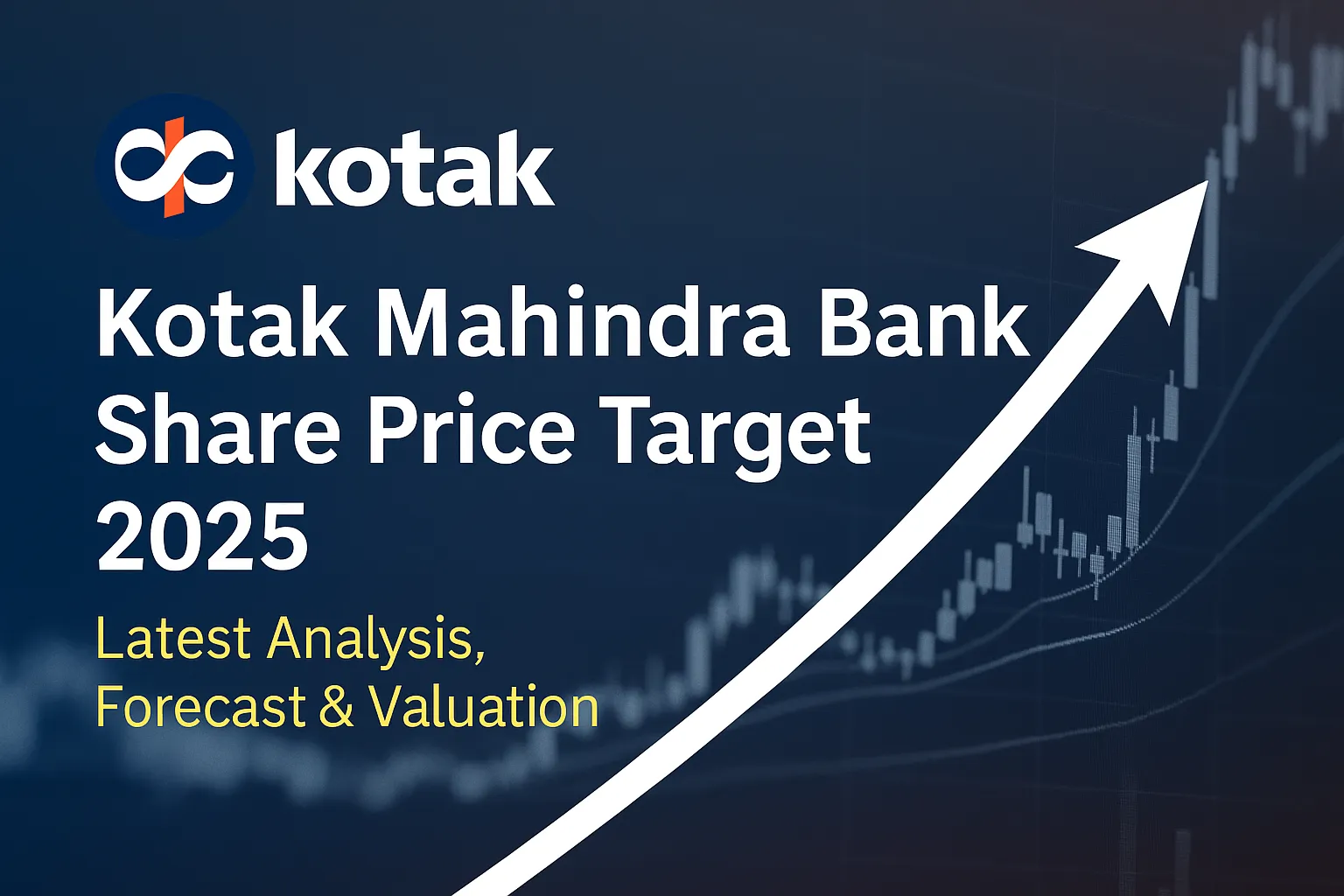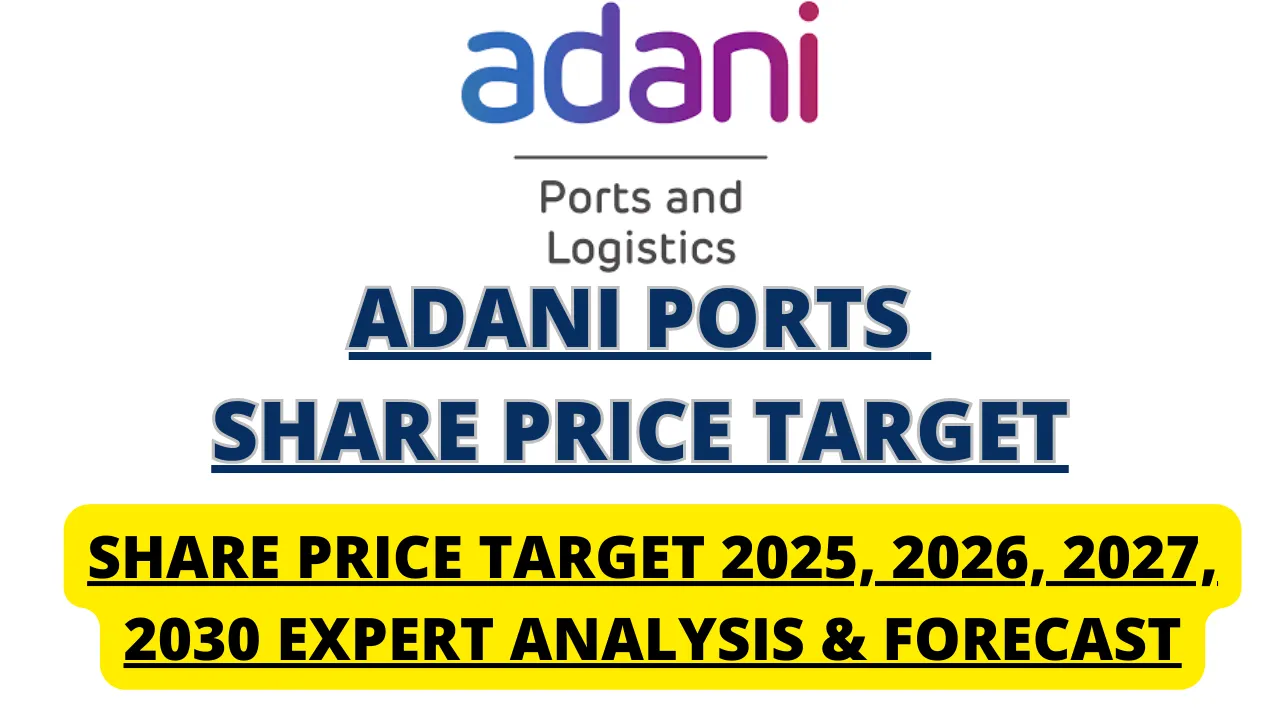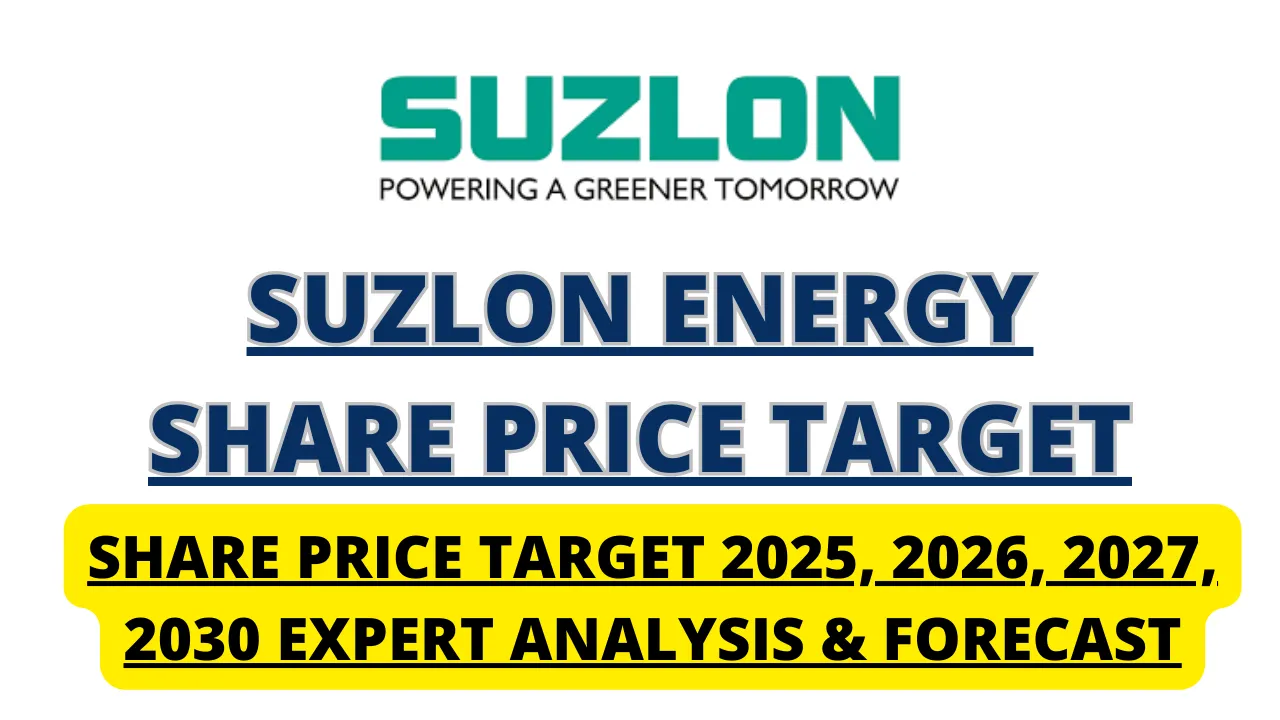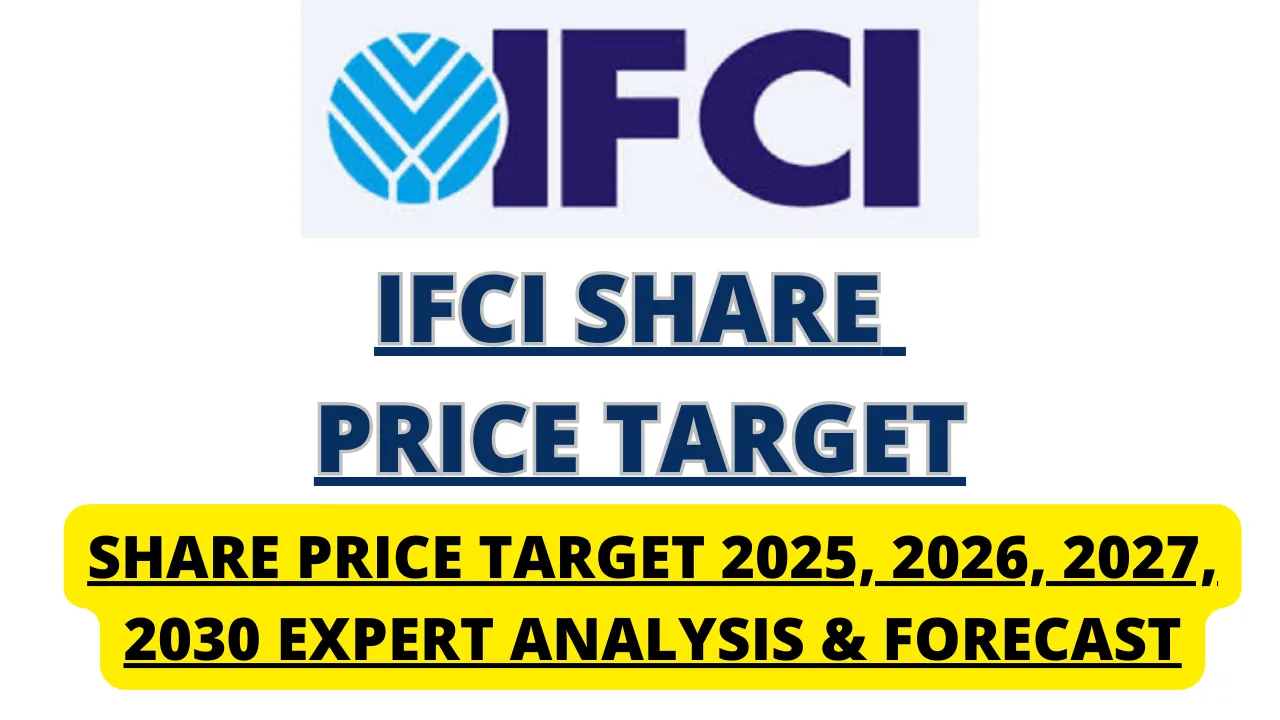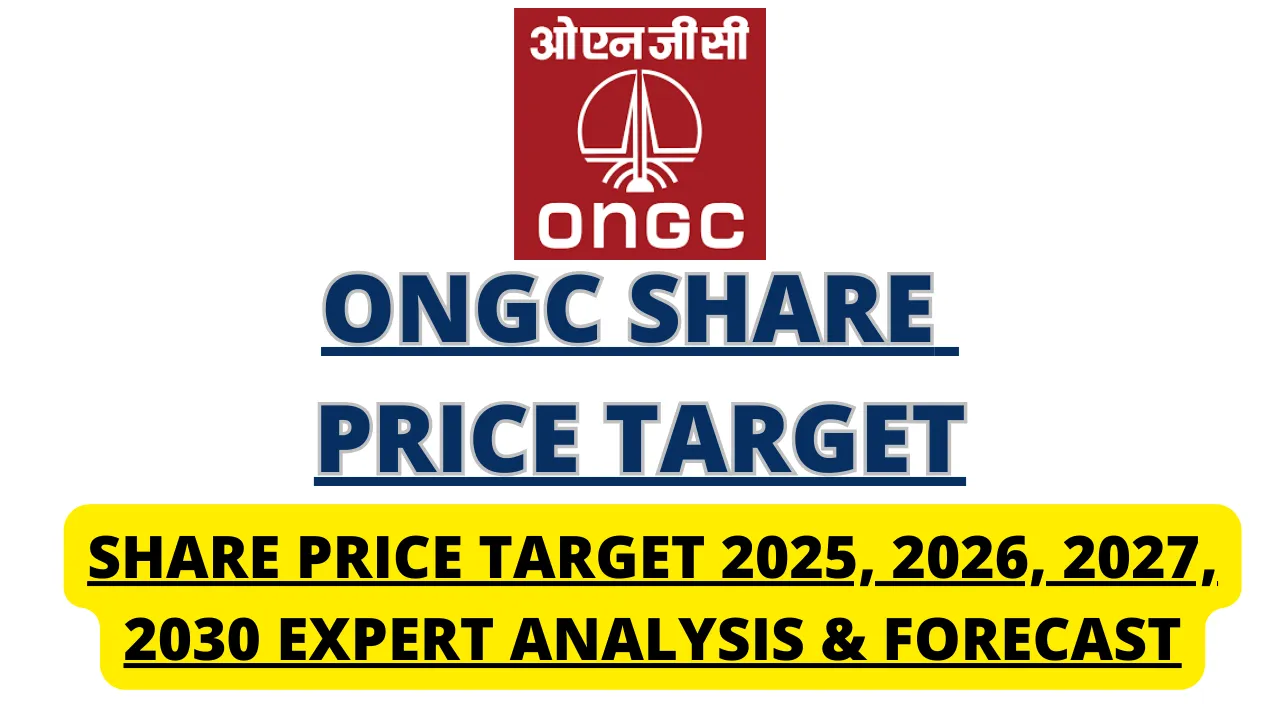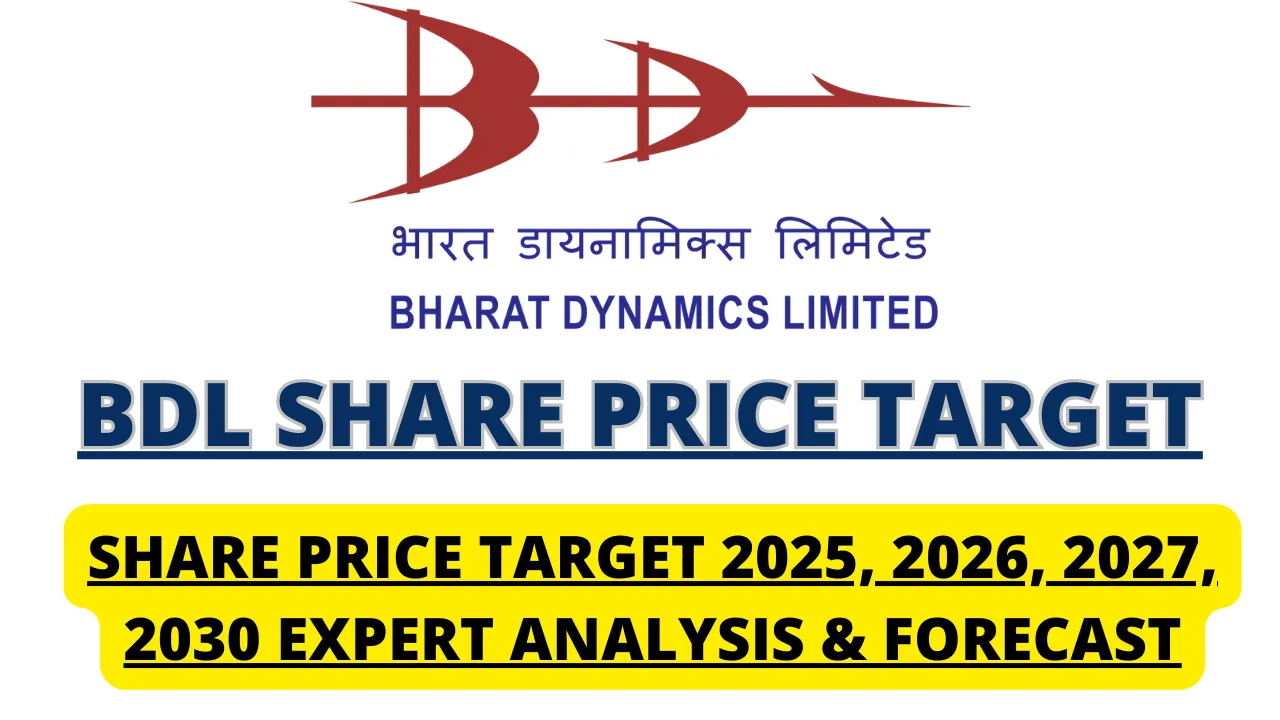DCM Shriram Share Price Target; DCM Shriram Industries Ltd. is a diversified conglomerate with interests spanning sugar, chemicals, and industrial fibers. Established in 1990, the company has carved a niche in the Indian industrial landscape, leveraging its robust manufacturing capabilities and commitment to quality. As India continues to emphasize self-reliance and industrial growth, DCM Shriram Industries is poised to play a pivotal role in this transformation.
DCM Shriram Share Price Target
| Year | Minimum Target Price (₹) | Maximum Target Price (₹) |
|---|---|---|
| 2025 | 150 | 180 |
| 2026 | 180 | 210 |
| 2027 | 210 | 250 |
| 2028 | 250 | 300 |
| 2029 | 300 | 350 |
| 2030 | 350 | 400 |
DCM Shriram Company Profile
DCM Shriram Industries is a reputed name in India’s industrial ecosystem, with business interests spanning:
- Sugar Production: The company operates multiple sugar mills with a focus on efficiency and ethanol blending.
- Chemical Manufacturing: It produces caustic soda, chlorine, and hydrogen—key inputs for downstream industries.
- Rayon and Industrial Fibers: Used in textiles and other industrial applications.
The company’s business model benefits from vertical integration and diversified revenue streams, which help mitigate risks and improve profitability over time.
Read it Also – IRFC Share Price Target 2025, 2026, 2027, 2030 Expert Analysis & Forecast
DCM Shriram Fundamental Strength
DCM Shriram Industries is a fundamentally sound company. Key financial indicators are as follows:
- Market Cap: ₹900+ crore (approximate as per last reports)
- PE Ratio: 12–15 range, relatively undervalued compared to industry peers
- Dividend Yield: Steady at around 1.5%
- Debt-to-Equity Ratio: Low, indicating prudent capital structure
- Book Value: Around ₹150
- ROE (Return on Equity): Consistently above 15%
The company has been profitable over the years and continues to reward shareholders through dividends and capital appreciation.
DCM Shriram Year-wise Share Price Target Forecast (2025–2030)
2025 Share Price Target
In 2025, the share price is expected to trade in the range of ₹150 to ₹180. This projection is based on moderate revenue growth, expanding chemical operations, and stability in the sugar segment. The government’s ethanol blending policy will likely benefit the company’s integrated sugar mills.
2026 Share Price Target
With the potential for higher profitability and export-led growth, the 2026 price target is projected between ₹180 and ₹210. Increasing demand for industrial chemicals and better capacity utilization will support earnings.
2027 Share Price Target
In 2027, DCM Shriram Industries could see a further re-rating due to improved financial metrics and positive sentiment in the industrial sector. The share price could range between ₹210 and ₹250. Growth in the fiber business and better cost efficiency will play a critical role.
2028 Share Price Target
By 2028, the price target may rise to ₹250–₹300. This will depend on consistent revenue growth, return on equity, and operational improvements. Continued government support for manufacturing and agriculture will also drive value.
2029 Share Price Target
For 2029, the share could trade between ₹300 and ₹350. If the company maintains its growth momentum and strengthens its export markets, it could be well-positioned for stronger earnings and investor interest.
2030 Share Price Target
In 2030, DCM Shriram Industries could reach a price range of ₹350 to ₹400. This will depend on how well it adapts to new technologies, expands into clean energy (ethanol/biofuels), and sustains long-term profitability. A consistent dividend policy will further enhance its attractiveness to long-term investors.
Growth Drivers
Several macroeconomic and company-specific factors could drive the future growth of DCM Shriram Industries:
- Ethanol Blending Program: The government’s target to increase ethanol blending in petrol will benefit sugar mills with distilleries.
- Make in India and PLI Schemes: Incentives for domestic manufacturing may enhance the competitiveness of DCM Shriram’s chemical and industrial fiber segments.
- Export Potential: There’s growing demand in Southeast Asia and Africa for industrial chemicals and fiber products.
- Financial Prudence: The company’s low debt and conservative financial management make it resilient during downturns.
- Sustainability Initiatives: Investment in waste management, renewable energy, and water recycling could boost ESG scores, attracting institutional investors.
Risks and Challenges
Despite its strong potential, investors should be aware of the following risks:
- Commodity Price Volatility: Sugar and chemical input prices fluctuate, affecting margins.
- Regulatory Changes: Environmental norms or changes in ethanol pricing could impact profitability.
- Competition: The industrial sector faces stiff competition from both Indian and global players.
- Cyclicality: Demand for chemicals and fibers can be cyclical, influenced by global industrial trends.
DCM Shriram Industries Shareholding Pattern
| Shareholder Type | Holding (%) |
|---|---|
| Promoters | ~60% |
| Institutional Investors | ~20% |
| Retail & HNIs | ~20% |
A strong promoter holding reflects confidence in the company’s long-term future.
Expert Recommendation
Analysts remain cautiously optimistic about DCM Shriram Industries. Its consistent dividend payout, strong balance sheet, and diversified portfolio make it suitable for medium- to long-term investors. For investors with a moderate risk appetite, this stock could serve as a steady compounder in the portfolio.
Disclaimer: This article is for informational purposes only. Please consult a SEBI-registered financial advisor before making any investment decisions. Share price targets are estimates based on current market conditions and can change due to future developments.
FAQs
Is DCM Shriram Industries a fundamentally strong company?
Yes, the company has strong financials, low debt, and stable revenue streams across diversified business segments.
What is driving the future growth of DCM Shriram Industries?
Key drivers include government ethanol blending programs, rising chemical demand, and export potential for rayon and fibers.
Is the company impacted by global commodity prices?
Yes, prices of sugar and industrial chemicals affect margins, but the company’s vertical integration helps manage volatility.
